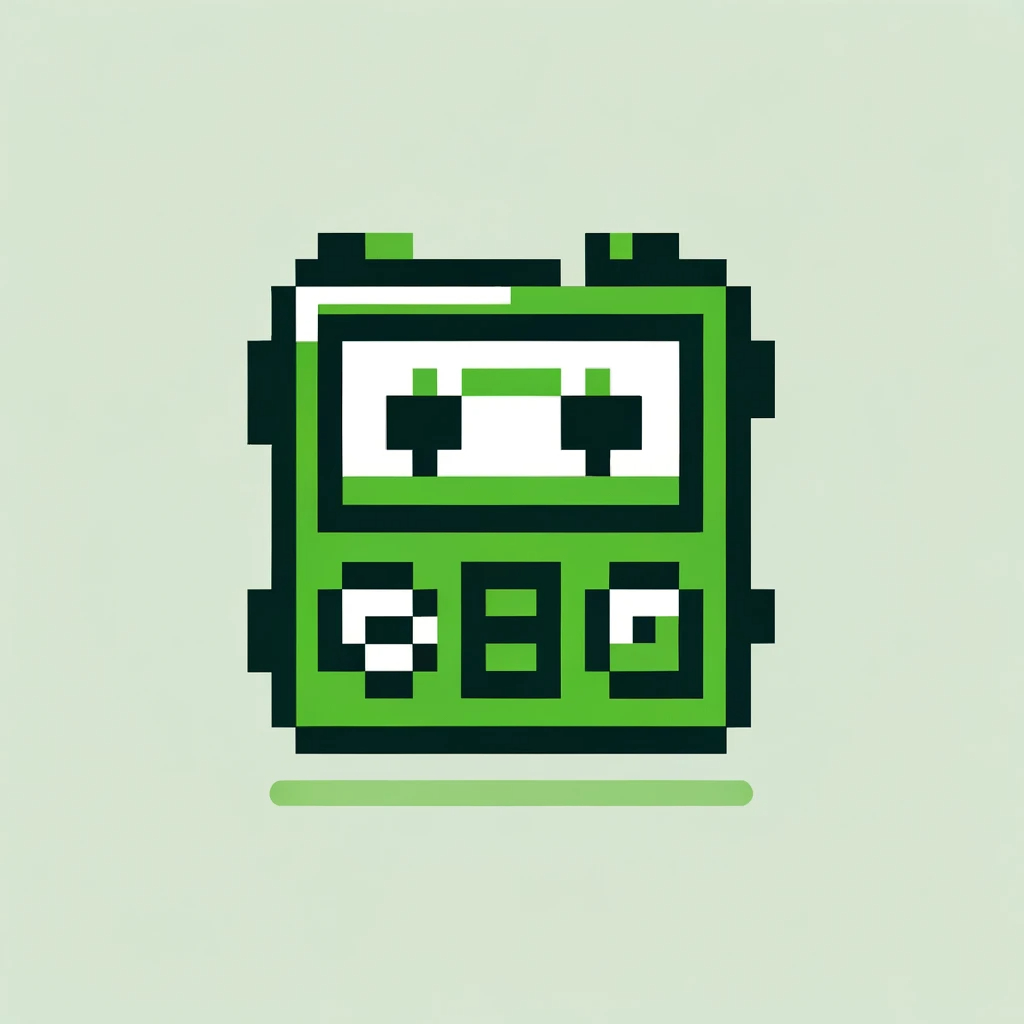196 reads
OpenVoice: Versatile Instant Voice Cloning - Experiment
by
May 30th, 2024
Audio Presented by

Diction reports on cutting edge technologies for the choice, use, & enunciation of words in speech & writing.
Story's Credibility

About Author
Diction reports on cutting edge technologies for the choice, use, & enunciation of words in speech & writing.
